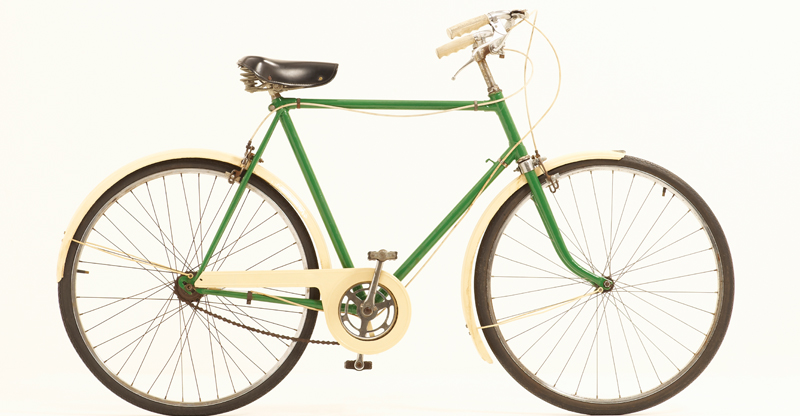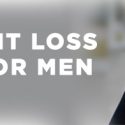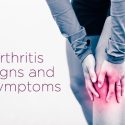The ins and outs of a proper bike fit

Like many people, when I bought a new bike a few years ago, I simply hopped on and started riding. The rides were always uncomfortable and caused numbness in my legs. I didn’t know about the science behind proper fits on the bike and the different benefits it could have not just on comfort but also performance.
In working with UPMC Sport Medicine’s very own bike fitting expert, Matthew Tinkey, I discovered a proper bike fit brings with it these advantages:
- Prevent injuries
- Improve rider comfort
- Improve overall performance on the bike
- Eliminate pain and numbness with riding
- Improve efficiency on the bike
Matt took me through some bike fit fundamentals as well as getting to know my goals and biking aches and pains. Prior to everything we went through flexibility and bone structure evaluations and discussed previous injuries possibly affecting my ride. He also used instruments to measure the different angles of my body while I was in the aerodynamic position on a time trial bike, to discover if my body was positioned properly on the bike for both comfort and performance.
Another tool Matt used was the Dartfish Video Analysis camera positioned from the back and the front. The video was able to measure certain angles and display how my body moved while pedaling in the aerodynamic position. I pedaled for a few minutes to capture the position of my knees, feet, hips, and upper body. He used the video to make minor adjustments on my saddle, my cleats, and my aerobars. After the adjustment I jumped back on the bike and pedaled for a few minutes in the aerodynamic position to capture more footage of my body positions throughout the pedal strokes. He compared both of the footage side by side to make sure the adjustments corrected my body position.
Here are the basic bike fit fundamental adjustments I went over with Matt:
Saddle position
- Height
- Saddle tilt angle
- Saddle position on the rails
- Suggestions on a saddle to meet my requirements
Handle bar/aerobar position
- Height
- Length
- Angle
Shoes
- Adjusting cleat positions
- Insole
- Suggestions on new shoes
If you are just getting into bike riding or have been cycling for a while, make sure that you are keeping yourself injury free by having a proper fit on your bike. Be sure to bring with you the following: the cycling shorts or bib in which you typically ride, bike shoes, a small towel, and a water bottle.
Everyone’s bodies are different, so having a good fit will make a big difference in injury prevention and performance.
Reference:
Cycling Performance at UPMC Sports Medicine: www.upmc.com/Services/sports-medicine/services/performance/Pages/cycling.aspx



